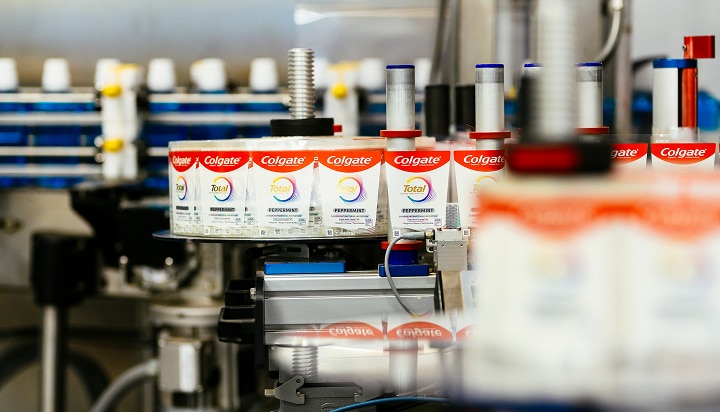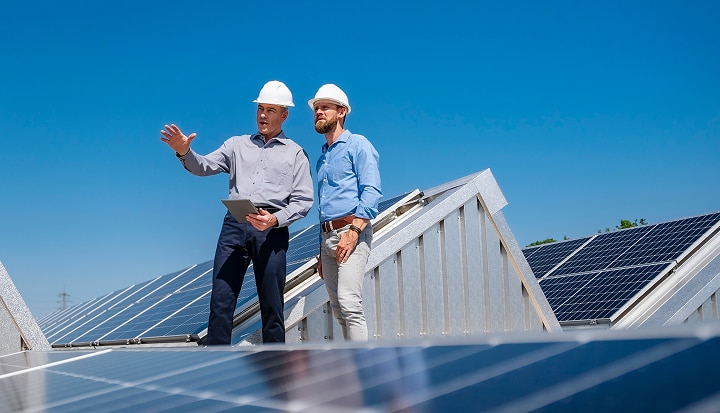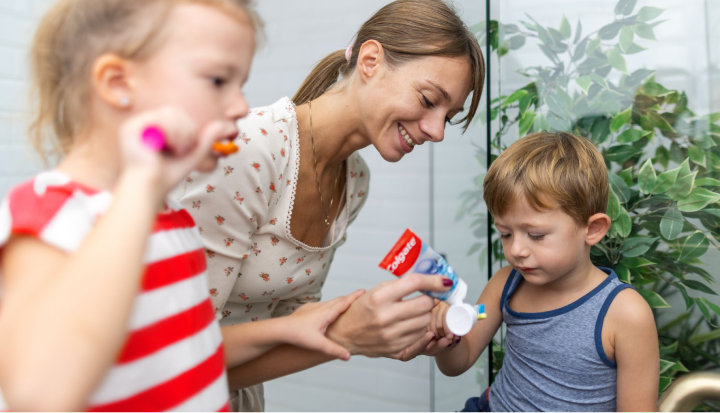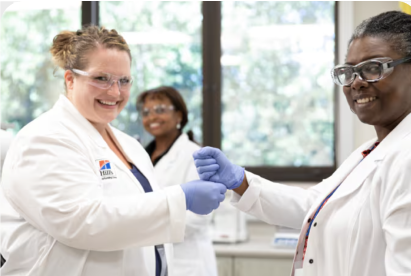Our Sustainability Strategy
Colgate-Palmolive is committed to a healthier future for all people, their pets and our planet. We're accelerating climate action, reducing our environmental footprint and collaborating to eliminate waste, decrease plastic use, save water and conserve resources. Our strategy focuses on three ambitions: Driving Social Impact, Helping Millions of Homes and Preserving Our Environment, as we reimagine a sustainable world.
Impact in Action
*Your community may not yet accept tubes for recycling. Check locally. Learn more at www.colgate.com/goodness.
Sustainability Resources
Reports
Links
Statements
Colgate EOHS Equivalency Statement 2024
Colgate OHS Assurance Statement Reporting Year 2024
Colgate 2024 Assurance Statement Environmental Indicators
Colgate 2024 Scope 3 Verification Opinion
Colgate 2024 NOx Emissions Assurance Statement
Colgate 2024 Scope 1 and 2 GHG Emissions Verification Statement









